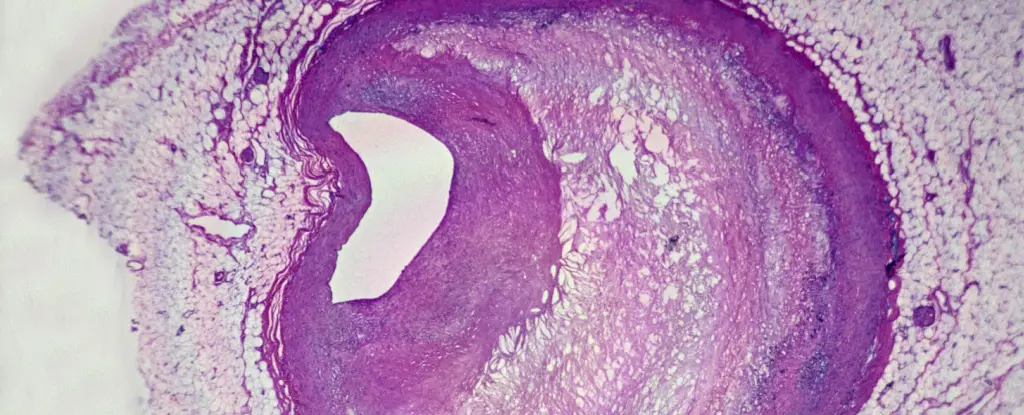In an era increasingly defined by material consumption, plastics have permeated various aspects of our daily lives. Recent studies have brought to light the disturbing reality that microplastics—tiny fragments originating from plastic waste—have been discovered in various human organs, including the placenta. The implications of these findings for human health remain a subject of intense research, but the need for answers has never been more urgent.
Microplastics are produced through the degradation of larger plastic objects or as additives in consumer products. As their use has proliferated over time, so too has their presence in our environment. From oceans to urban landscapes, these minute particles can now be found almost everywhere—including within the human body. This environmental persistence calls for rigorous investigation into their effects on human health, particularly concerning how they interact with critical organ systems.
Research efforts have been largely based on animal models and laboratory routines, which seek to simulate human organ responses to microplastic exposure. However, the concentrations of microplastics employed in these scientific environments may not adequately reflect the levels encountered in everyday life. Furthermore, human studies remain sparse, limiting our understanding of the practical implications of microplastic exposure.
A noteworthy study conducted in Italy centered on patients who underwent carotid endarterectomy, a procedure aimed at removing fatty deposits from narrowed arteries to mitigate stroke risks. Led by medical researcher Raffaele Marfella, the research team discovered microplastics embedded in the fatty plaques extracted during the surgery. The cohort consisted of 257 patients, whose progress was monitored over approximately 34 months. Strikingly, nearly 60% of patients displayed detectable levels of polyethylene, while 12% harbored polyvinyl chloride (PVC) within their arterial plaques.
With microplastics previously identified in the bloodstream, these findings have raised alarm bells regarding cardiovascular health. Laboratory studies indicate that these particles may heighten inflammation and oxidative stress within heart tissues, potentially leading to detrimental changes in heart function. Furthermore, observational data from studies on occupational exposures have suggested a correlation between plastic-related pollution—particularly PVC—and increased cardiovascular disease risks.
Marfella’s research found a troubling relationship between the presence of microplastics in fatty deposits and adverse cardiovascular outcomes. Patients with microplastic presence in their plaques were found to be 4.5 times more likely to experience strokes, non-fatal heart attacks, or succumb to any cause compared to their counterparts without measurable microplastic levels. Moreover, advanced analytical techniques like pyrolysis-gas chromatography-mass spectrometry were used to confirm the presence of microplastics, while their visualization under high-powered microscopy revealed jagged fragments lodged within immune cells.
Despite these compelling associations, the study remains observational, making it difficult to assert a definitive causal link between microplastics and negative cardiovascular events. No thorough examination of other influencing factors, such as smoking, exercise levels, and air pollution, was conducted, leaving numerous variables unaccounted for.
The urgency of addressing microplastic exposure is accentuated by a growing body of research aiming to elucidate how these particles might contribute to various health issues, including cardiovascular diseases. As noted by public health expert Philip J. Landrigan, although the results of this study unveil a groundbreaking correlation, they also spark numerous pressing questions regarding exposure reduction strategies.
The global surge in plastic production over the past two decades has exacerbated the microplastics crisis, with practical solutions still elusive. Nevertheless, cardiovascular disease rates have shown a decline in certain regions, suggesting that there may be multiple factors at play.
While the connection between microplastics and heart health remains complex, it is clear that further exploration is necessary. As we grapple with this pervasive environmental threat, policymakers, healthcare professionals, and researchers must collaborate to better understand the full implications of microplastic exposure on human health. Only through diligent study can we hope to identify actionable measures to mitigate this hidden risk, reshaping not just our health landscape but also how we interact with the materials in our world.


Leave a Reply